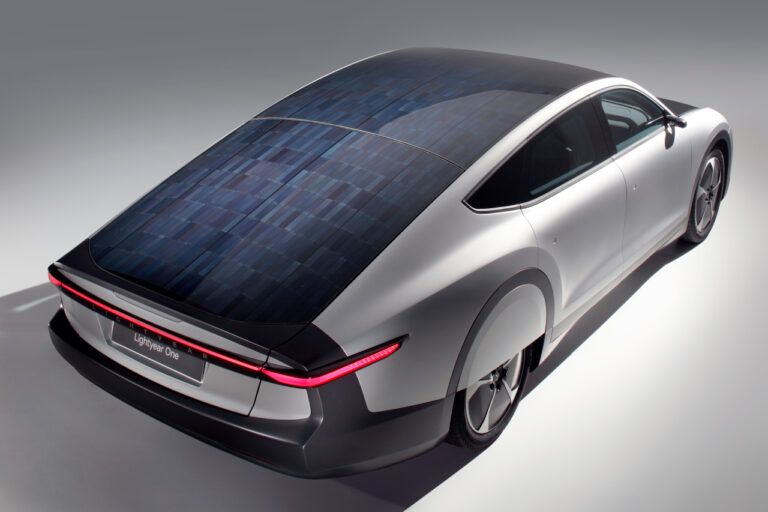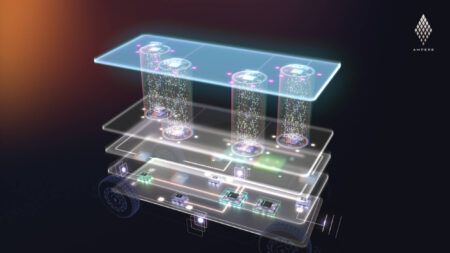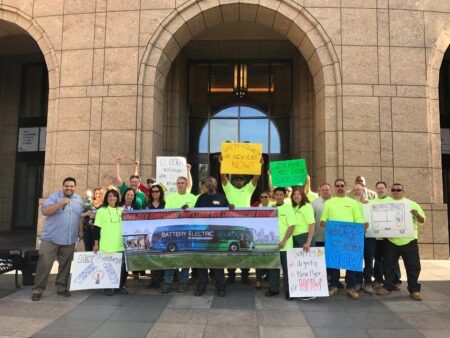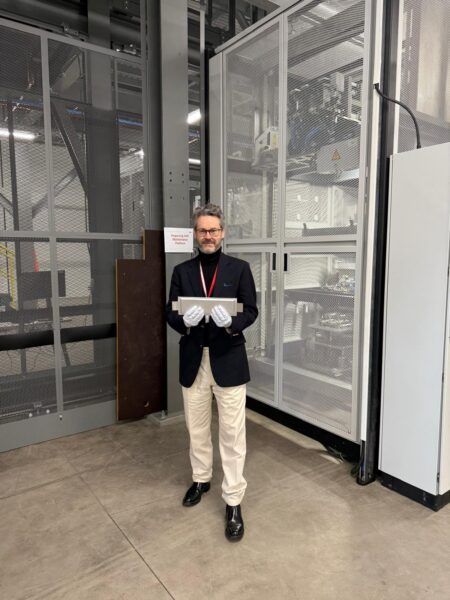The world’s first long-range solar electric vehicle, the Lightyear One, which is able to deliver an incredible 725km range thanks to its cleverly engineered energy efficiency, has been given an extra boost as tire manufacturer Bridgestone has developed special tires for the vehicle.
The Lightyear One is the world’s first long-range solar electric vehicle and is set for commercial availability by the end of this year.
It claims to offer an unprecedented range of 725km, while being up to three times more energy-efficient versus alternative electric vehicles currently on the market. The vehicle is charged directly by the sun through a large solar roof, minimizing CO2 emissions and the charging needs of the user while maximizing efficiency.
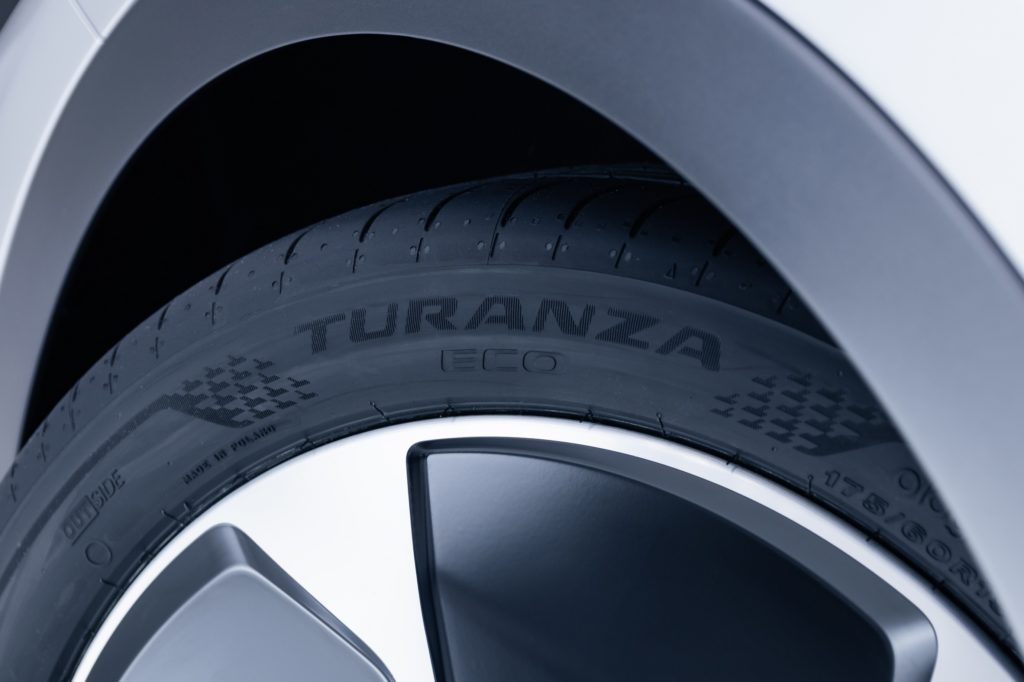
To support this unique performance and further improve on efficiency, Lightyear sought a tire that offered very low rolling resistance and weight reduction, in order to preserve battery life, maximize vehicle range, and reduce environmental impact.
Bridgestone developed custom-engineered Turanza Eco tires for Lightyear One, combining its revolutionary lightweight ENLITEN and ologic technologies for the very first time. The technologies reduce weight through the use of fewer raw materials throughout the manufacturing process, while cutting rolling resistance through innovative tread, larger diameters, high inflation pressures and slim design.
The very low rolling resistance of the tires also means Lightyear One can benefit from a lighter battery. As a result, the Turanza Eco tires are designed to boost range when compared to alternative Bridgestone EV-specific tires, equivalent to more than a 90kg reduction in weight. In addition to helping Lightyear One to travel further between charges, the tire’s silica dispersion has been improved by applying a new mixing technology, there is a 3.6kg (around 10%) overall reduction in the tire’s weight per vehicle, without any compromise on wear mileage and grip.
For the first time, the Turanza Eco tires will bear the new Bridgestone EV Marking on the sidewalls. The Bridgestone EV Marking is applied to tires that are tailor-made for electric vehicles and indicates the tires underwent a rigorous testing process to receive approval from car manufacturers. As a result, these tires support the unique features of electric vehicles and meet the car manufacturer requirements for battery range, vehicle control and tire wear life.
Bridgestone also utilized its Virtual Tyre Development technology which enables accurate modeling of a tire’s performance without having to physically produce and test it, saving up to 40,000 kilometers in real-life outdoor and fleet testing. It can also cut product development time and outdoor and fleet tire tests by up to 50%.
The foundation for Lightyear One was laid during the Bridgestone World Solar Challenge, a 3,000km race across the Australian Outback that pushes the limits of technological innovation and solar-powered mobility. With this in mind, Bridgestone has been collaborating with Eindhoven Technical University and the people behind Lightyear for eight years. Solar Team Eindhoven, the birth ground of Lightyear, won the Bridgestone World Solar Challenge’s Cruiser Cup four consecutive times, from 2016-2019.
Emilio Tiberio, COO & CTO of Bridgestone EMIA, explains: “Lightyear have impressed with their approach to sustainable mobility ever since we saw the team take on the Bridgestone World Solar Challenge, and so we’re excited to play a part in the Lightyear One project. Bridgestone is committed to a 50% reduction in CO2 emissions by 2030 and 100% sustainable materials by 2050 and strategic partnerships are fundamental to achieving these goals.”
Lex Hoefsloot, CEO of Lightyear, adds: “We’re particularly happy to see this collaboration between Bridgestone and Lightyear, with two companies that share a vision for future sustainable mobility coming together. The world is already experiencing unprecedented change and challenges, and through innovation and cutting-edge technologies we can work together to grasp the opportunities head on and create a more sustainable world.”


